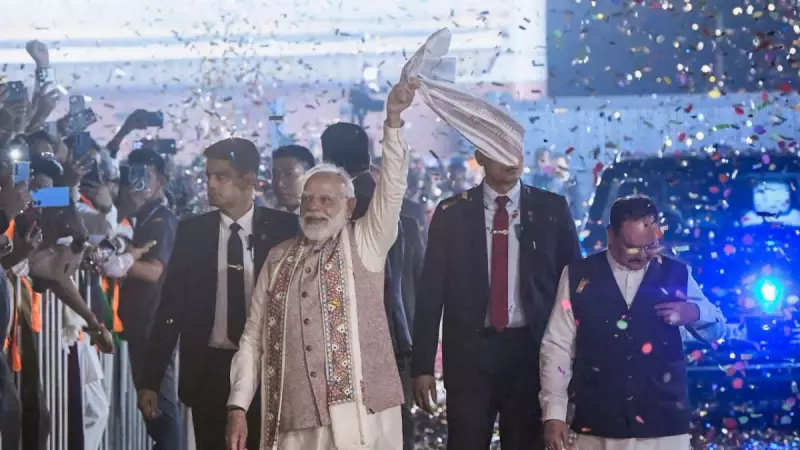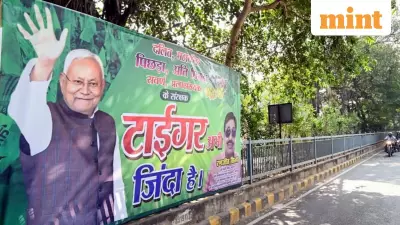
The highly anticipated Bihar Assembly Election Results for 2025 have begun unfolding, revealing a tight political contest between the ruling National Democratic Alliance (NDA) and the opposition Mahagathbandhan. As counting progresses across all 243 constituencies, political observers are closely monitoring the seat share patterns that will determine who forms the next government in this crucial Hindi-heartland state.
Early Trends and Key Constituencies
Initial trends show both major alliances running neck-to-neck in several key constituencies. The NDA, led by Chief Minister Nitish Kumar's JD(U) and including BJP and other partners, is showing strong performance in traditional strongholds. Meanwhile, the Mahagathbandhan, comprising RJD, Congress, and Left parties under Tejashwi Yadav's leadership, is putting up a formidable challenge in several regions.
Critical constituencies like Patna, Gaya, and Muzaffarpur are witnessing intense competition with margins fluctuating constantly. The Maithili-speaking regions and Seemanchal area are proving to be decisive battlegrounds that could tilt the balance in either alliance's favor.
Major Political Players and Their Strategies
Prime Minister Narendra Modi and BJP president J.P. Nadda had extensively campaigned for NDA candidates, emphasizing development and stability. The BJP's organizational strength combined with Nitish Kumar's governance record formed the core of their campaign strategy.
On the opposing side, Tejashwi Yadav's focus on employment generation and social justice resonated with young voters. Rahul Gandhi's rallies in key constituencies provided additional momentum to the Mahagathbandhan campaign. The alliance strategically targeted constituencies where anti-incumbency factors were strongest.
Chirag Paswan's LJP faction remains a significant factor in several seats, potentially affecting the final outcome in tight contests. His party's performance could determine whether NDA crosses the majority mark independently or requires additional support.
Vote Share Analysis and Demographic Patterns
Early vote share calculations indicate interesting demographic patterns. The youth vote appears divided between both major alliances, with employment and education emerging as key deciding factors. Women voters have shown strong participation, with their preferences likely to influence results in numerous constituencies.
Traditional voting patterns based on caste equations are being tested this election, with development and governance issues gaining prominence. The urban-rural divide in voting preferences is also evident, with urban centers showing different priorities compared to rural constituencies.
The final seat tally will depend heavily on how smaller parties and independent candidates perform in closely contested regions. The role of Extremely Backward Classes (EBCs) and Mahadalit voters could prove decisive in determining the final outcome.
What's Next for Bihar Politics
As results continue to pour in, political strategists from both sides are preparing for various scenarios. A clear majority for either alliance would lead to straightforward government formation, while a hung assembly could trigger intense political negotiations and potential realignments.
The choice of next Chief Minister remains uncertain even as results unfold. While Nitish Kumar remains NDA's face, a strong BJP performance could alter the leadership equation. Similarly, within Mahagathbandhan, Tejashwi Yadav's leadership claim depends significantly on RJD's individual performance.
Market reactions and economic implications are being closely watched, as Bihar's political stability directly impacts investment flows and development projects in the state. The final results will also have significant ramifications for national politics ahead of the 2029 Lok Sabha elections.
Political analysts suggest that regardless of the outcome, Bihar's development trajectory and governance quality will remain under intense scrutiny. The winning alliance will face immediate challenges in addressing unemployment, improving healthcare infrastructure, and accelerating industrial growth in the state.





